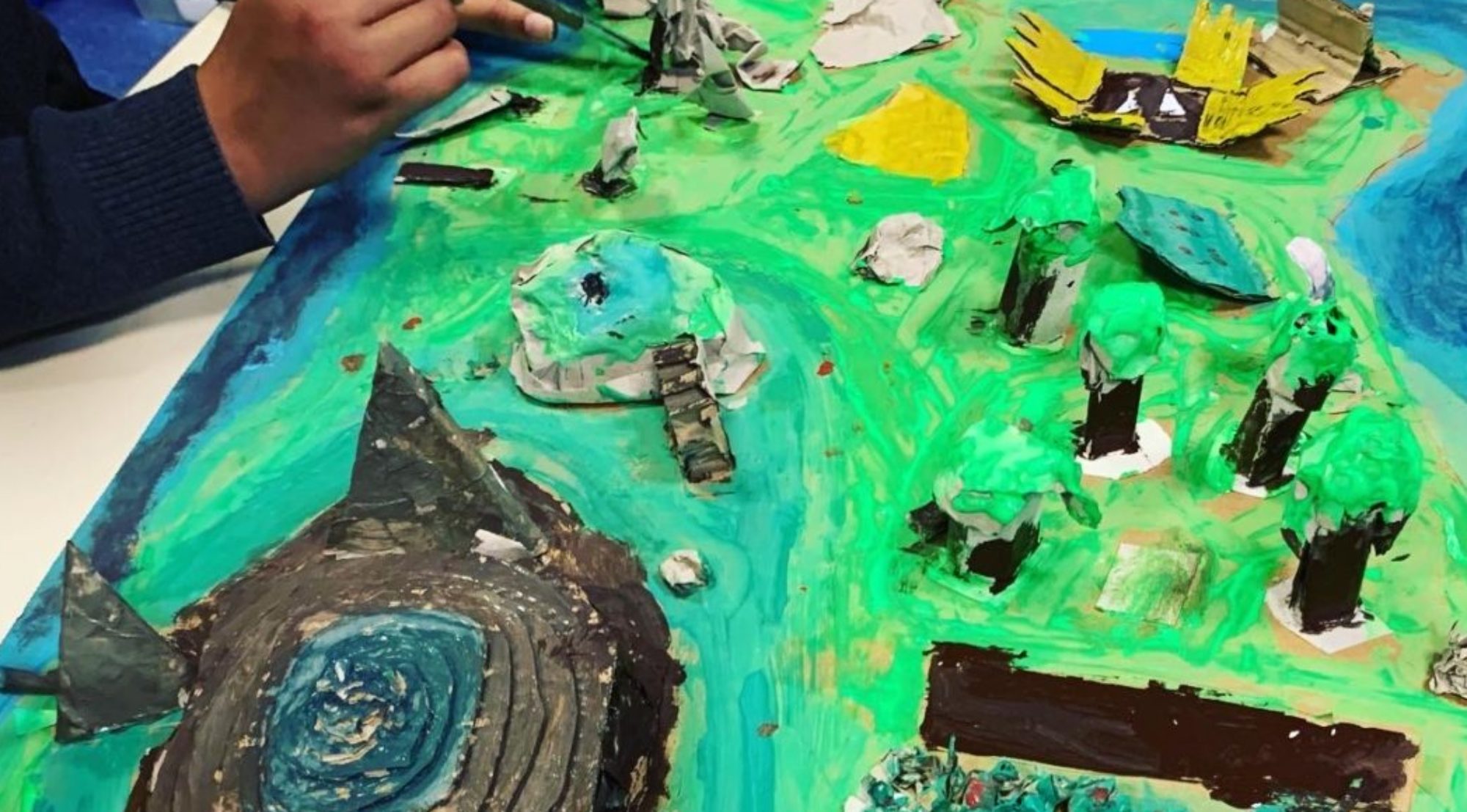As part of our science work we have started investigating sound and animal communication.
As an introduction Mrs James showed us a video on TigTag showing how some animals communicate. It was interesting to see what an important part vibration plays in the creation of sound.
We carried out a task that required us to attach two plastic cups together with a piece of string. We tried it out with different lengths of string and we could hear a little of what our partners were saying.
It was suggested that we pulled the string tight in order that it would vibrate. It was fun to hear the laughs and giggles as the voices at either end of the string became clearer.
We discussed how stringed instruments work and a few musicians amoung us shared their experience of tuning instruments which required us to tighten the strings.
















